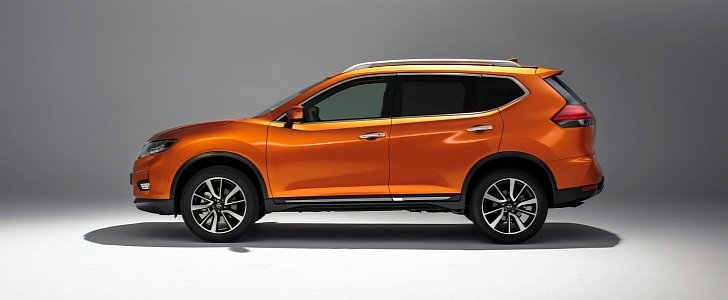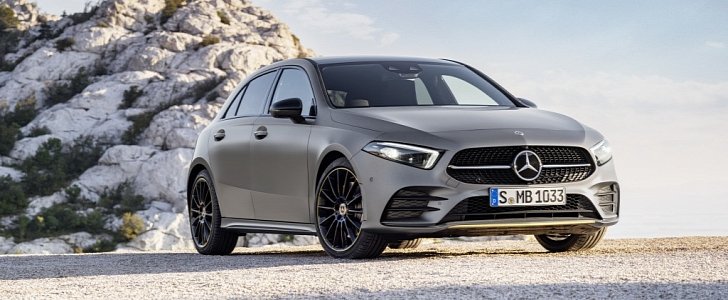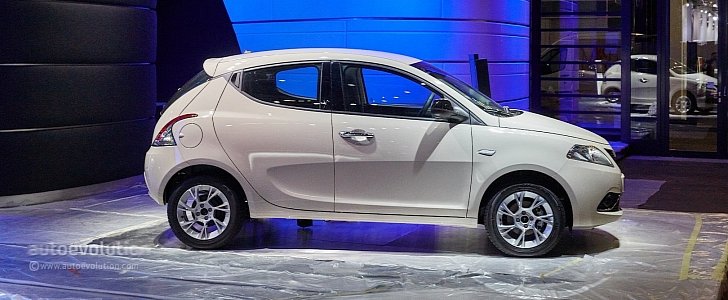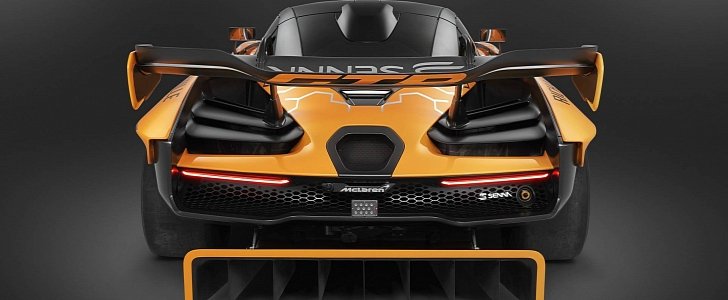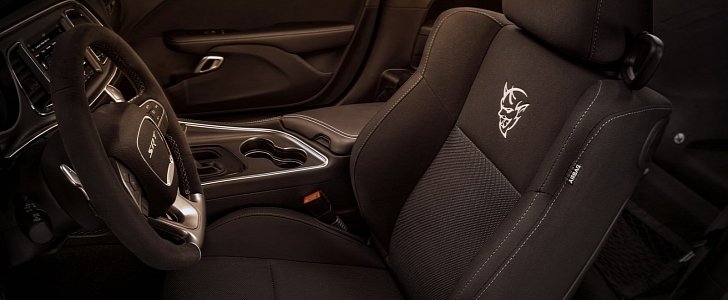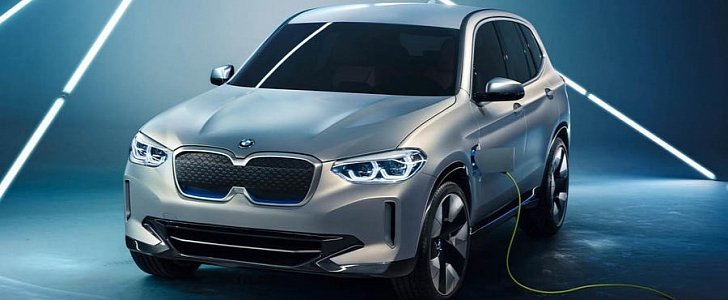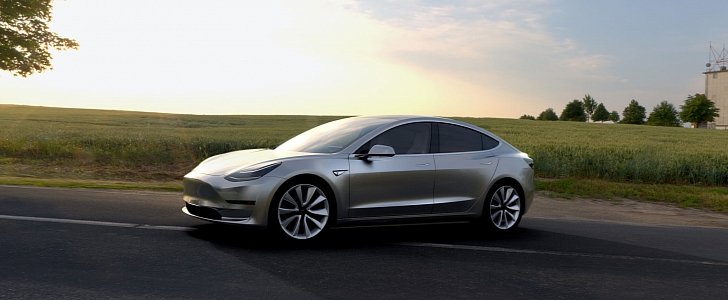autoevolution
cars
moto
news
car reviews
spyshots
driven cars
space junk new
green
newspaper
Compare Cars
BAC Calculator
Editorial
Coverstory
Motorsport
Testdrives archive
Auto Shows
Tuning
Car Finder
Photo of the Day
Glossary of automotive terms
Masthead
RSS Feeds
More on this:1 2019 Nissan 370Z Adds More Customization Options, Priced at $29,9902 Nissan GT-R Blows Gearbox during Launch Control at Supercar Meeting3 Roofless Nissan Leaf is No Sign of Things to Come4 2019 Nissan Altima Edition One to Sell Starting June, Gifts Included5 Nissan Armada Mountain Patrol Isn’t Afraid to go Off-Road
Space Junk
NASA Exoplanet Travel Bureau Offers Tours of Six Planets
Nissan Slashing U.S. Production Output to Improve Profitability
30 May 2018, 10:32 UTC · by Mircea Panait
/ Home / News / Car Profile
As part of the Renault-Nissan-Mitsubishi alliance, Nissan is one of the most powerful and profitable automakers in the volume-oriented business. But on the other hand, Japan’s second-largest automaker struggles with profitability in the U.S. of A.
34 photosAutomotive News reports that Nissan “is slashing vehicle production by as much as 20 percent in North America” to cope with this state of affairs, citing the Nikkei business daily. One of the reasons the automaker is not doing so great in this part of the world is the aggressive ramp-up of sales, coming at the cost of overinflated discounts for retail and fleet customers. Alas, profitability takes a significant hit.
“Cuts are in progress at two assembly plants in the United States and three in Mexico,” although Nissan won’t let employees go and won’t stop the production lines. In other words, the company is slowing down the output and that’s about it.
Following a period of ballooning sales in 2016, the following year and the first three months of 2018 have seen Nissan struggling to keep the momentum going. Worse still, Automotive News says that “the popular Rogue crossover and high-volume Altima sedan fell 9.2 in the fiscal year ended in March” as per the company's own figures.
The first glimpse of things to come came in April at the 2018 NADA Show. There, U.S. sales chief Dan Mohnke told Nissan dealers that the automaker is considering to reduce production and lower inventories as of the fiscal year beginning April 1st.
It remains to be seen how much time Nissan needs to sell down built-up inventory. In the meantime, U.S. sales of the Japanese automaker slid 6.5 percent so far this year, with the high-volume Altima to blame for the biggest loss (28 percent in April compared to the fourth month of 2017). On the other hand, don’t forget that the 2019 model year Altima sedan is waiting to pounce, all new from the ground up.
Care to guess how much Nissan’s North American operating profit dropped in the fiscal year that just ended? 31 percent, and that’s a lot when your business relies on volume and the profitability that comes from selling as many vehicles as possible.
click to load Disqus comments for this storyThis enables Disqus, Inc. to process some of your data. Privacy info
Could Volkswagen Group's Electric Plans Include Ducati?
How the European eCall Emergency System Works
A Short History of Go-Kart Racing
Does Tesla Model 3 Make Any Sense to You?
The Dos and Don’ts of Washing a Motorcycle, Part Two (Final)
Blue Origin's Race to the Stars
On Electric Harleys and New Generations
Audi Procon-Ten: The No-Airbag Safety System
Dubai Police Supercars Explained: The Full Story
Tesla's Response to the Model X Crash Is Just Not Good Enough
Drifting Guide for Dummies
Headwave TAG Helmet Music and Navigation System Reviewed
Booth Girls Have Cooties
Formula 1 Energy Recovery System Explained
Royal Weddings Cars and Carriages
Tank Vs. Well
The Dos and Don’ts of Washing a Motorcycle, Part One
The Biggest Anticipations in Motorcycling for 2016, Part 1
Auf Wiedersehen, Diesel?
WLTP and RDE Tests Explained
Chasing Dragons – The Boeing Starliner Space Capsule
NISSAN models:NISSAN Frontier Large SUVNISSAN Altima CompactNISSAN Serena Medium MPVNISSAN Serena Medium MPVNISSAN Serena Medium MPVAll NISSAN models
“+
“”+
“”;
if(i==2 || i==5) txt+='googletag.cmd.push(function() {var slot4 = googletag.defineSlot(“/1004334/AE_news_300x250_ATF_240s”, [300, 250], “AE_news_300x250_ATF_240s__slot_4”).setTargeting(“test”, “refresh”).addService(googletag.pubads()); googletag.enableServices(); googletag.display(“AE_news_300x250_ATF_240s__slot_4″);setInterval(function(){googletag.pubads().refresh([slot4]);}, 240000);});'+'ipt>';
}
txt+=””;
$('#morescroll').html(txt);
nxloaderactive=false;
});
}
function aenext_lzy() {
$(window).on(“scroll”, function() {
if(nxstories!=false) return;
var footOffset = $(“#footer”).offset().top;
if($(window).scrollTop() > footOffset – $(window).height() – 600) aenext_load();
});
}
function aenews_fixoverlaps_actual() {
window.aeoverlapst=-1;
var $rsoc=$(“.rightsocial”).first();
if($rsoc.length!=0) {
var rsocofs=$rsoc.offset().top;
var $newsgal=$(“.newsgal”).first();
if($newsgal.length==0) return;
var ngofs=$newsgal.offset().top+$newsgal.height();
if(rsocofs
